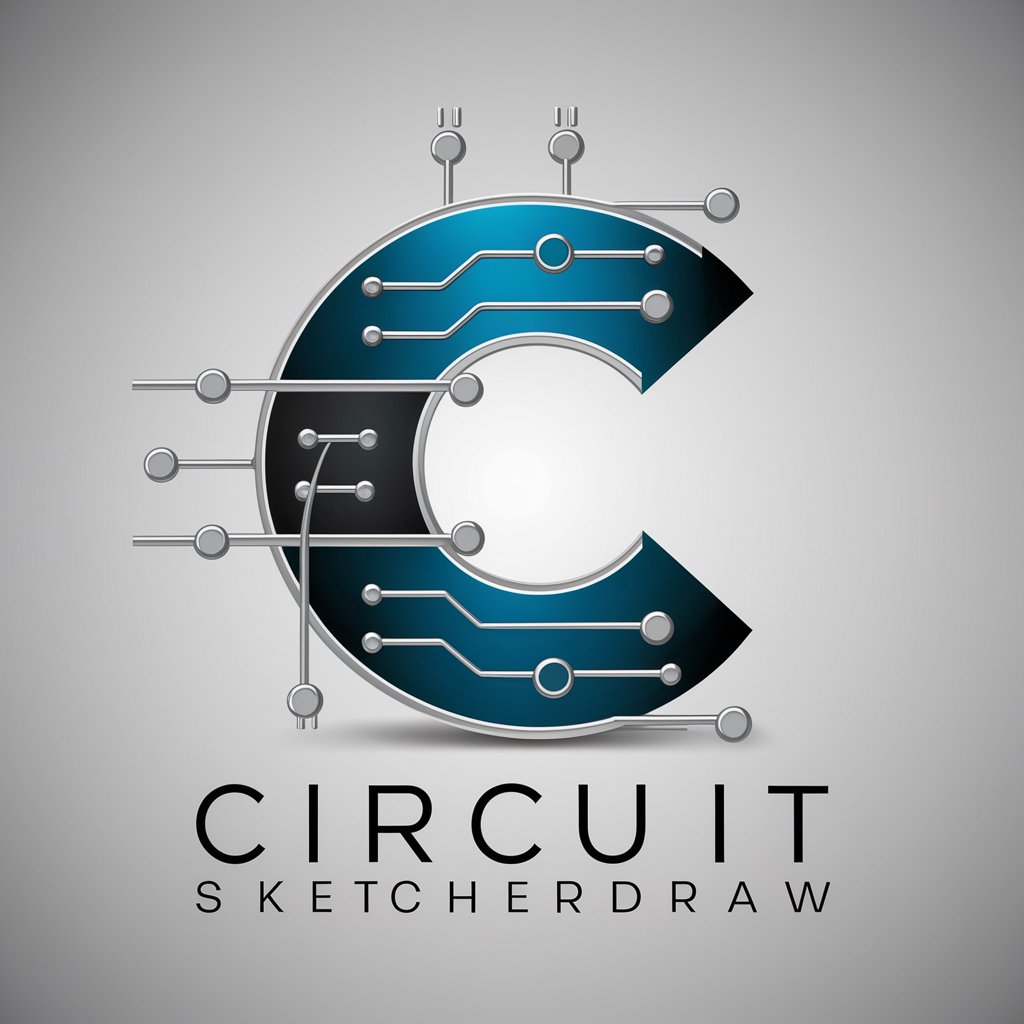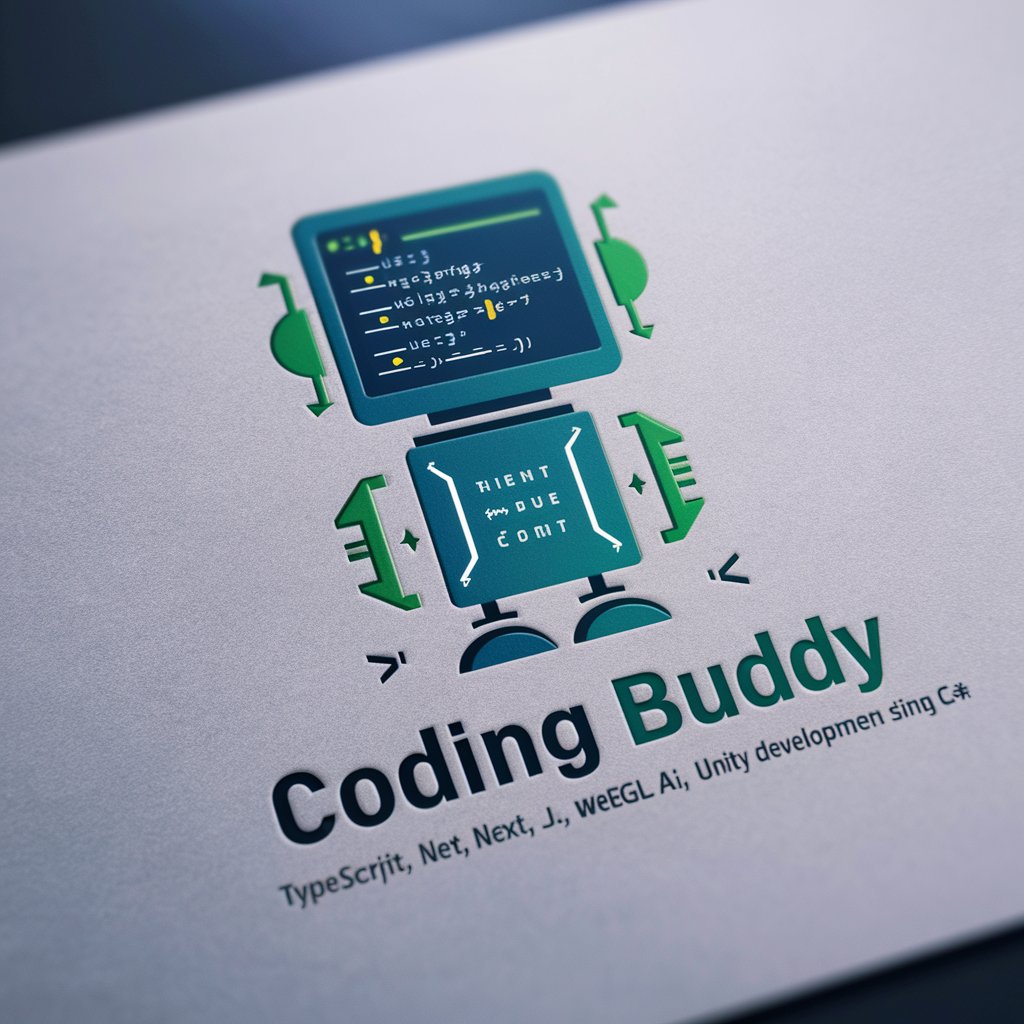Circuit SketcherDraw - Verilog to Circuit Diagram

Hello! Ready to turn your Verilog code into a clear circuit diagram?
Visualize circuits from code, powered by AI.
Design a circuit diagram that...
Translate the following Verilog code into a visual representation...
Can you help me understand this Verilog module by drawing...
Show me the circuit layout for the Verilog code that includes...
Get Embed Code
Introduction to Circuit SketcherDraw
Circuit SketcherDraw is designed to interpret Verilog code, a hardware description language widely used in electronic design automation. Its primary purpose is to generate visual representations of circuits from Verilog code snippets. This involves translating structures and logic defined in Verilog into schematic diagrams that visually illustrate modules, inputs, outputs, wires, and logic gates. For instance, if provided with Verilog code defining a simple AND gate circuit with inputs and an output, Circuit SketcherDraw would produce a diagram showing the AND gate, its connections to the inputs, and the output wire. Powered by ChatGPT-4o。

Main Functions of Circuit SketcherDraw
Generating Circuit Diagrams
Example
Given Verilog code for a full adder, Circuit SketcherDraw can generate a diagram depicting its constituent XOR, AND, and OR gates, along with their interconnections.
Scenario
Useful in educational settings where students are learning about digital logic design, enabling them to see how their Verilog code translates into real circuit layouts.
Clarification Requests
Example
When provided with incomplete or ambiguous Verilog code, such as a missing wire declaration or an undefined module, Circuit SketcherDraw prompts the user for necessary clarifications.
Scenario
Helpful during debugging or when students or engineers are verifying the completeness and accuracy of their hardware designs.
Handling Different Verilog Constructs
Example
Able to process various Verilog constructs like sequential and combinational logic, representing them accurately in the generated diagrams.
Scenario
Especially useful for professionals designing complex integrated circuits, as it aids in visualizing different parts of the system like clock-driven logic and state machines.
Ideal Users of Circuit SketcherDraw
Students and Educators
Students learning digital design and educators teaching courses on digital logic, computer architecture, or related fields find Circuit SketcherDraw particularly beneficial for visualizing and understanding circuit designs derived from Verilog code.
Hardware Engineers
Professional hardware engineers working on the design and testing of digital circuits use Circuit SketcherDraw to quickly validate and visualize Verilog-described hardware functionalities, aiding in both preliminary designs and in debugging stages.
Research and Development Professionals
R&D professionals exploring new designs or concepts in digital electronics utilize Circuit SketcherDraw to experiment with and visualize different configurations and their impacts without the need for immediate physical prototyping.

How to Use Circuit SketcherDraw
Begin Your Free Trial
Visit yeschat.ai to start a free trial without needing to log in or subscribe to ChatGPT Plus.
Upload Verilog Code
Input your Verilog code directly into the tool. Ensure the code includes clear module definitions and connections for accurate diagram generation.
Review the Code
Check your code for any syntax errors or incomplete definitions to ensure the tool can generate an accurate circuit diagram.
Generate Diagram
Click the 'Generate' button to convert your Verilog code into a visual circuit diagram. The diagram will display all components and their connections.
Download or Modify
After generation, you can download the circuit diagram or go back to edit your Verilog code and update the diagram as needed.
Try other advanced and practical GPTs
.Net Code Companion
Streamline Your .NET Development

DDD Sage
AI-powered DDD assistance made simple

Strategic Management Professor
AI-Powered Strategic Management Insight

Business and Management Professor GPT
AI-powered business and management expertise.

Inez Social Management
Empowering Social Media with AI

IT Project Management GPT
Empowering IT projects with AI

"Certified" Flight Instructor(CFI) GPT
AI-Powered Flight Learning at Your Fingertips

Coding Buddy
Empower Your Code with AI

Fitness AI: Smart Fitness & Wellness Coach
Empowering Your Wellness Journey with AI

Code Wizard
Empowering Development with AI

おもしろフィクション動画台本のプロ
AI-Powered Fiction Script Generator

Write Your Converting Signature Talk
Craft Compelling Talks with AI

Frequently Asked Questions About Circuit SketcherDraw
What is Circuit SketcherDraw?
Circuit SketcherDraw is an AI-powered tool that translates Verilog code into corresponding circuit diagrams, aiding users in visualizing electronic designs and facilitating easier debugging and education.
Can Circuit SketcherDraw handle any Verilog code?
Circuit SketcherDraw is designed to handle basic to moderately complex Verilog constructs including modules, gates, wires, and inputs/outputs. However, overly complex or ambiguous code might require simplification for accurate diagram generation.
Is there a limit to the size of the Verilog code Circuit SketcherDraw can process?
While there is no strict limit to the code size, larger and more complex codes may impact the clarity and performance of the generated diagrams. It is recommended to break down large designs into smaller, manageable modules.
How can I optimize my experience with Circuit SketcherDraw?
For optimal results, ensure your Verilog code is well-organized and clearly annotated. Clear labeling of modules and connections can greatly enhance the accuracy and utility of the generated diagrams.
What should I do if the generated diagram does not accurately reflect my code?
Ensure that your Verilog code is complete and free of errors. Check the connections and logic in your code. If issues persist, consider simplifying your code or breaking it into smaller parts for individual diagram generation.
